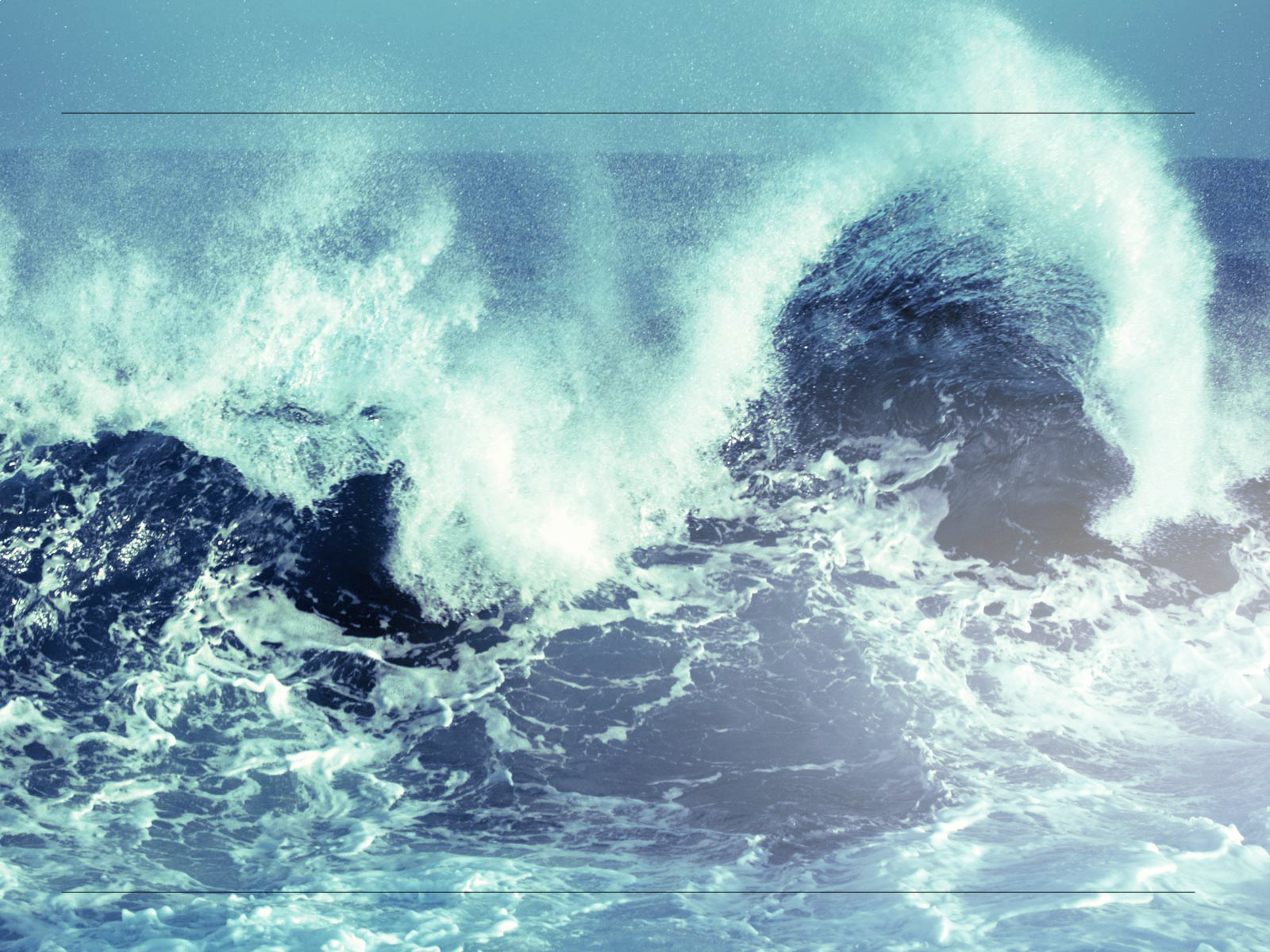The photo shows a young boy wearing a striped t-shirt and jeans. He is standing in front of a giant white shark, one of the largest ever caught. The picture was taken inside the Zoological Museum of Lausanne, Switzerland, where the shark—stuffed—has been on display since the 1960s.
The boy and the shark appear in the 2013 annual report of The Save Our Seas Foundation, an ocean conservation group. The boy’s father, Michael Scholl, is its chief executive. As a child growing up just outside Lausanne, he would visit the museum with his own parents to stare at the same shark. It inspired a lifelong obsession with oceans and marine life.
“From a very young age, I was passionate about sharks,” he says. “They are among the oldest creatures on the planet and have been with us for around 400m years. They haven’t changed much in that time.”
Today there are over 500 species of shark, and the wider family of cartilaginous fishes includes around 650 species of batoids—rays and skates—and 50 species of chimaeras, or ghost sharks.
“They are all part of an incredibly rich, diverse and wide-ranging class of fishes,” says Mr Scholl. “Sadly, in the past 50 years alone we have managed to push many of them to the brink of extinction. Is that a legacy we want to leave for our children?”
The Save Our Seas Foundation is trying to reverse the decline in shark populations and to protect other threatened species—specifically rays, whales, turtles and manatees. It funds scientific research into the impact of habitat loss, pollution, climate change and overfishing. And it supports conservation and education projects around the world.
The populations of some shark species have collapsed by 90% since the 1980s. The long-term implications of this decline are worrying, according to Mr Scholl. “Marine ecosystems are so complex. There are unknown connections between species that make it impossible to say what would happen if we removed all the sharks. But I think it would have serious consequence for the health of our oceans.”
With sharks typically at the top of the ocean food chain, their decline may already be having an effect. Marine ecosystems around the world are seeing huge increases in jellyfish “bloom” activity, says Lisa-ann Gershwin, author of Stung! On Jellyfish Blooms and the Future of the Ocean. One hypothesis is that a decrease in predators, often sharks, has allowed jellyfish to thrive, explains Mr Scholl.
This doesn’t just spoil the beach holidays of people who fear a jellyfish sting. Jellyfish are clogging up fisheries around the world, making them uneconomical. They’ve even caused problems for nuclear power stations, which need to continually pump seawater to cool their reactors.
The role of Save Our Seas in the battle for our oceans is not a campaigning one. It leaves that valuable work to other non-governmental organisations (NGOs) with deeper pockets. Instead, says Mr Scholl, it supports marine scientists, conservationists and educators, especially those who are just starting in their careers. “We want to give them the funds and the tools to do their work, and to showcase and translate the scientific results in a way people can understand,” he explains.
The foundation has permanent education and research centres in Cape Town, South Africa, the Seychelles and at Nova Southeastern University in Miami. From its headquarters in Switzerland it supports a further 55 projects around the world, awarding grants of around US$2.3m each year.
“We don’t fund pure science; we look for projects that have a strong conservation aspect that will result in concrete change,” Mr Scholl says. Communicating scientific findings is another important stream of activity. He spends a lot of time working with filmmakers, photographers and journalists, helping them to document the ocean’s plight.
The foundation’s work gets results. When unscrupulous Chinese retailers started to claim that eating the feathery gill rakers of manta rays conferred health benefits, trade in these extraordinary creatures increased rapidly, and unsustainably. Today it is worth about US$10m each year. Save Our Seas funded the Manta Trust to research the threat and raise awareness of overfishing.
In September 2014 manta rays were included in the Convention on International Trade in Endangered Species for the first time, giving them some degree of protection. “I’m not saying that was the result of our work alone, but we did a lot to help in the process,” says Mr Scholl. “The Manta Trust is a great example of scientists working and collaborating together.”
Mr Scholl has just returned from a two-week field trip in the wilds of Canada. On Gil Island, on the remote north coast of British Columbia, a small team at Cetacealab has spent the last 13 years studying the way in which whales—mainly humpbacks—use acoustics to navigate their way through coastal inlets, and how they communicate with each other along the way.
Scientists at the lab, part-funded by a Save Our Seas grant, are concerned that plans to allow tankers to transport tar-sand oil through these waters to markets in Asia could harm whales and other local sea life.
On his visit Mr Scholl stayed with Janie Wray and Hermann Meuter, who founded Cetacealab with one tent, a single hydrophone and not much else. “To work with such incredible people, to see the passion they have every day, how they are doing the best for these sea animals and making sure we better understand and appreciate them—I couldn’t dream of working with better people,” he says.
It’s tough being away from home on a long field visit, but it’s essential to see the foundation’s work at first hand, explains Mr Scholl. “I want a close relationship with our project leaders. I need to see how they live, the work they do, and how we can best assist them. Nothing beats eye-to-eye contact and sitting around the table to discuss strategy and the best way forward.”
Whether he’s visiting projects or just catching up via Skype, checking in with the people Save Our Seas funds “is what gets me up in the morning,” says Mr Scholl. “Each day I get to see what those people are doing around the world and try to find the best way to support them.” Maybe when his son grows up and can go searching for sharks outside the Lausanne Museum, there will be plenty for him to look at in wonder.
Read more content like this at: http://ubsphilanthropy.economist.com/





